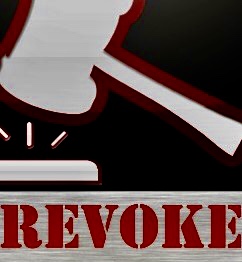Court Declines to Remove Trustee
Winkler v Winkler 2012 BCSC 1949 involves an application by the surviving widow of the deceased, in her capacity as comity of the person and estate of the deceased, sought an order that her stepson be removed as a trustee of her late husband’s alter ego trust number three, and that his longtime accountant be appointed in his place. Remove trustee.
The proceeding arose as a result of the breakdown of the relationship between the trustee and the widow.
The property consisted of three port Moody properties valued at between eight and $10 million.
The beneficiary of the trust was the wife and for other persons after his death, including his son the trustee, Andrea his remaining children.
The court dismissed the petition to remove trustee and appointment accountant, with leave to amend to obtain construction of the trust instrument. The relationship of the trustee as residual beneficiary was not sufficient to disqualify him from being trustee. His actions were, while lacking transparency from the wife’s perspective, did not indicate imprudence or any violation of the trust.
Disagreements concerning the proper construction of the trust is related to what trust property was an advances on capital is a related to the wife’s maintenance, were subject to a further application to construe the trust.
The general principles concerning the removal of trustees are set out in cases such as Conroy v. Stokes, [1952] 4 D.L.R. 124 (B.C.C.A.), and Letterstedt v. Broers, [1884] 9 A.C. 371 at 385-387. The jurisdiction to remove trustee is a “delicate” one, and in each case the main guide must be the welfare of the beneficiaries.
[7] The power to remove a trustee is ancillary to the Court’s principal duty of ensuring that the trusts are properly executed. The question in each case is whether the circumstances are such that the continuance in office of the trustee would be detrimental to the trust: Dicks v. Dicks Estate, 2010 NLCA 35 at para. 50, 298 Nfld. & P.E.I.R. 1.
[8] In Rose v. Rose (2006), 81 O.R. (3d) 349, 24 E.T.R. (3d) 217 at para. 70, (Ont. S.C.J.), Lissaman J. enumerated some actions, failures to act, and conditions that render remove trustee, including misconduct, lack of bona fides, an inability or unwillingness to carry out the terms of the trust, incapacity, personally benefiting from the trust, and acting to the detriment of the beneficiaries.
13] In my view, the respondent’s discontinuance of payments in light of the changed circumstances of the children is properly explained. Of course, Louis Winkler also supported his wife of many years from the income from the trust assets, which is entirely appropriate. In light of my disposition of this matter, the court will have to consider whether the respondent’s actions are consistent with his interpretation of the trust. I do not think that a mere potential for a conflict of interest is sufficient reason to interfere with a trustee’s appointment: Re: Estate of Andre Jacques Blitz, Deceased , 2000 BCSC 1596 at para. 25, 35 E.T.R. (2d) 172.




